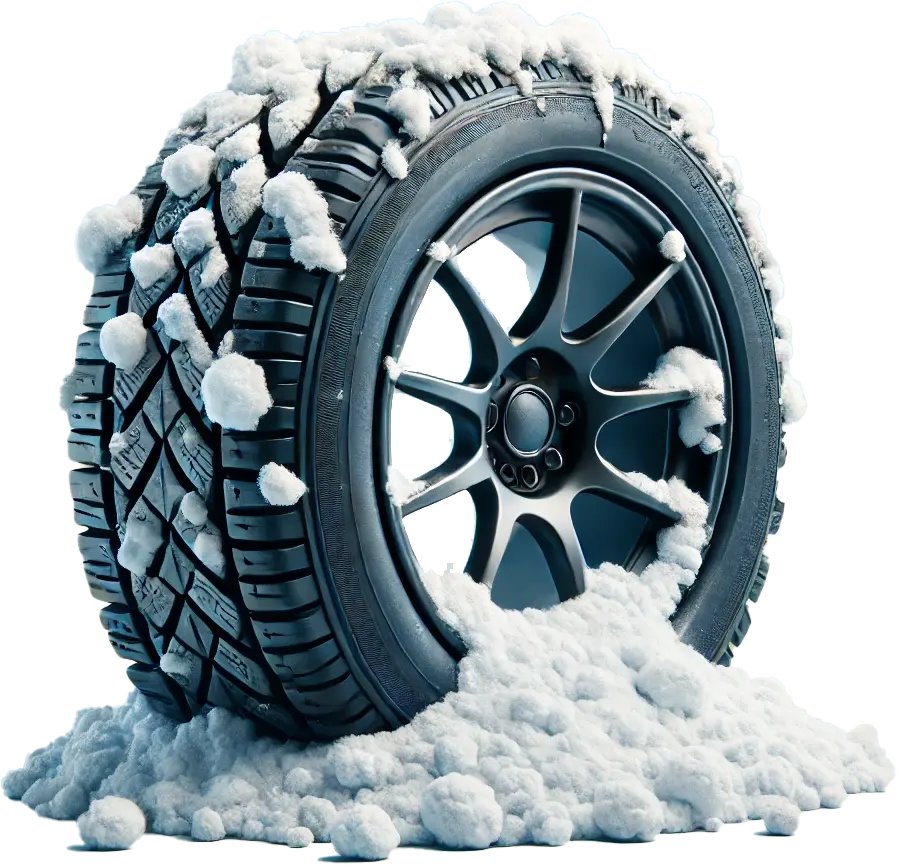Tire Selection Guide
This article guides selecting the right tire for any vehicle, focusing on matching OE specifications and handling deviations for different driving conditions and wheel sizes. It offers insights into choosing tires that ensure safety, performance, and compatibility.
Things to Consider
Selecting the best tire for any given vehicle application is a nuanced process that requires balancing numerous considerations. This decision affects not only the vehicle's performance and safety but also its efficiency and the overall driving experience. Understanding the intricacies involved in choosing the right tire type can significantly enhance vehicle functionality across various driving conditions and seasons.
The primary consideration in selecting a tire is its compatibility with the vehicle's driving conditions. Tires are the sole point of contact between the vehicle and the road, and their design significantly influences how they respond to different environments. For example, winter tires are engineered with softer rubber compounds to remain flexible in cold temperatures, providing improved traction on snow and ice. Conversely, summer tires feature stiffer compounds suitable for hot asphalt, offering enhanced grip and handling at higher temperatures. All-season tires, while a compromise between summer and winter specifications, aim to provide reliable performance in a range of conditions but may not excel in extreme weather as specialized tires do.
Beyond weather considerations, driving habits and terrain also play a crucial role. Vehicles predominantly used for city driving may benefit from tires designed for comfort and fuel efficiency, while those frequently navigating off-road terrains might require tires with aggressive tread patterns and reinforced sidewalls for durability.

Need help with winter tire sizes?
Check out our free Winter Tire Size Guide, crafted to help service professionals easily select the ideal winter tire size for any application. Whether you're maintaining OE specifications or downsizing for winter conditions, this guide has you covered.
Size and Specifications
When selecting a new tire, ensuring that it meets the vehicle's original equipment (OE) specifications is crucial. OE specifications are determined by the manufacturer to optimize the vehicle's performance, safety, and fuel efficiency. These specifications cover various aspects, including tire size, load index, and speed rating. Adhering to OE specifications ensures the vehicle operates as intended by the manufacturer. For detailed specifications, one can refer to resources like our Tire Compendium, which provides an in-depth look into understanding these metrics.
In the process of tire selection, a fundamental principle is to install a tire that matches the original size and meets or surpasses the factory-installed tire's specifications. This approach guarantees the vehicle retains its designed performance characteristics, safety features, and fuel efficiency. The size of the tire directly influences the vehicle's handling, stability, and ability to accurately report speed and distance traveled. Furthermore, opting for tires with specifications that equal or exceed those of the OE tire ensures the vehicle can maintain its load-carrying capacity and speed capabilities without compromising safety. By adhering to these guidelines, drivers can ensure their vehicle continues to operate as intended, providing a reliable and secure driving experience.
Deviating from factory specifications
There are scenarios where deviation from OE specifications becomes necessary or desired. One such instance is when a customer opts for aftermarket wheels of a different size. In these cases, maintaining the overall diameter of the tire is critical to preserve the vehicle's speedometer accuracy, gearing ratios, and handling characteristics. Installers must carefully select a tire size that complements the new wheel while closely matching the overall diameter of the OE tire.
Additionally, some customers, particularly those with trucks or SUVs, may seek to install tires with a larger outside diameter than the OE specifications for aesthetic reasons or to improve off-road performance. In these situations, considerations extend beyond aesthetics to include potential modifications to the vehicle's suspension or fender to accommodate the larger tires, as well as the impact on the vehicle's handling, fuel economy, and speedometer calibration. It's essential to balance these factors, ensuring that any alterations do not compromise vehicle safety or functionality.
Still have questions?
Don't hesitate to reach out to our amazing sales staff. We are more than happy to work with you to understand your specific needs and recommend the product(s) that will work best for your unique situation.
